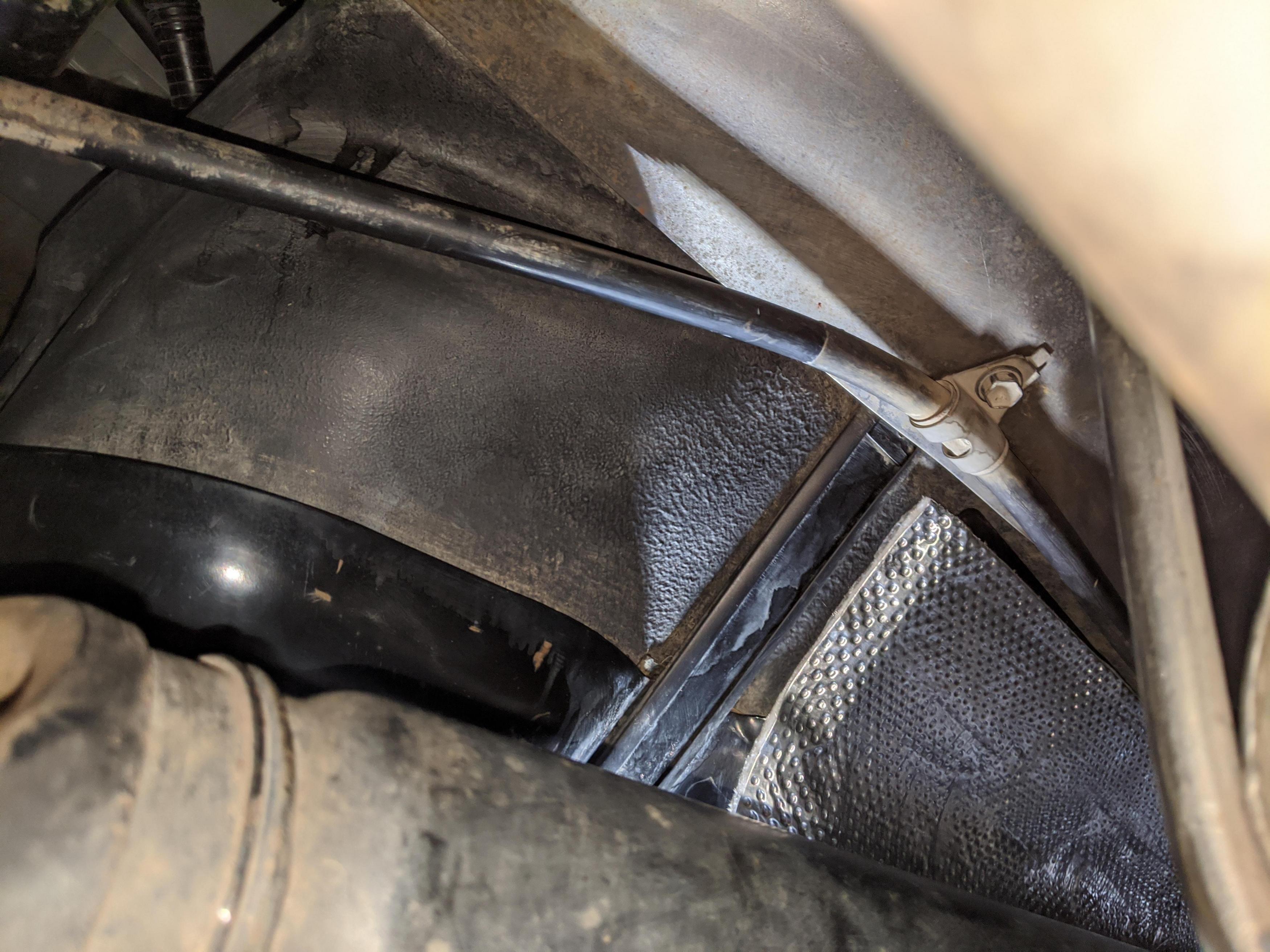I have gotten several codes this summer. Denver violated an EPA Guideline so they added extra stuff to the fuel besides the Ethanol. The call it more "Reformulated gas". It seems to make my system go crazy on a hot day. Likely overtaxing the carbon filteer isntalled above the tank. It is still the stock one.
When the error happens, the 4LO, Check Engine and traction lights flash on the dash. You can't engage 4LO or likely out of it if you were in 4LO when it happens. Severaal thrfeads out there already on this.
I do have an OBD reader and cleared the codes. However, the Permenant codes remain. Normally I wouldnt care. I know that I will have to emission test in Jan/Feb (every other year) and they likely will fail me if the permenant codes are still there. Lots of time and starts to cycle through for them to go away.
An internet search provides lots of conflicting info like 500 starts or just one normal drive cycle
Anyone know what it takes for the permenant codes to go away?
I plan on not filling the Aux fuel tank in the summer in the future unless going on a trip
Good idea for everyone to get one of the OBD BT reader and a BT app for your phone. If it happened on a wheeling trip, I wouldnt be able to swith to 4LO without one.
The Permenant codes currently showing

When the error happens, the 4LO, Check Engine and traction lights flash on the dash. You can't engage 4LO or likely out of it if you were in 4LO when it happens. Severaal thrfeads out there already on this.
I do have an OBD reader and cleared the codes. However, the Permenant codes remain. Normally I wouldnt care. I know that I will have to emission test in Jan/Feb (every other year) and they likely will fail me if the permenant codes are still there. Lots of time and starts to cycle through for them to go away.
An internet search provides lots of conflicting info like 500 starts or just one normal drive cycle
Anyone know what it takes for the permenant codes to go away?
I plan on not filling the Aux fuel tank in the summer in the future unless going on a trip
Good idea for everyone to get one of the OBD BT reader and a BT app for your phone. If it happened on a wheeling trip, I wouldnt be able to swith to 4LO without one.
The Permenant codes currently showing


